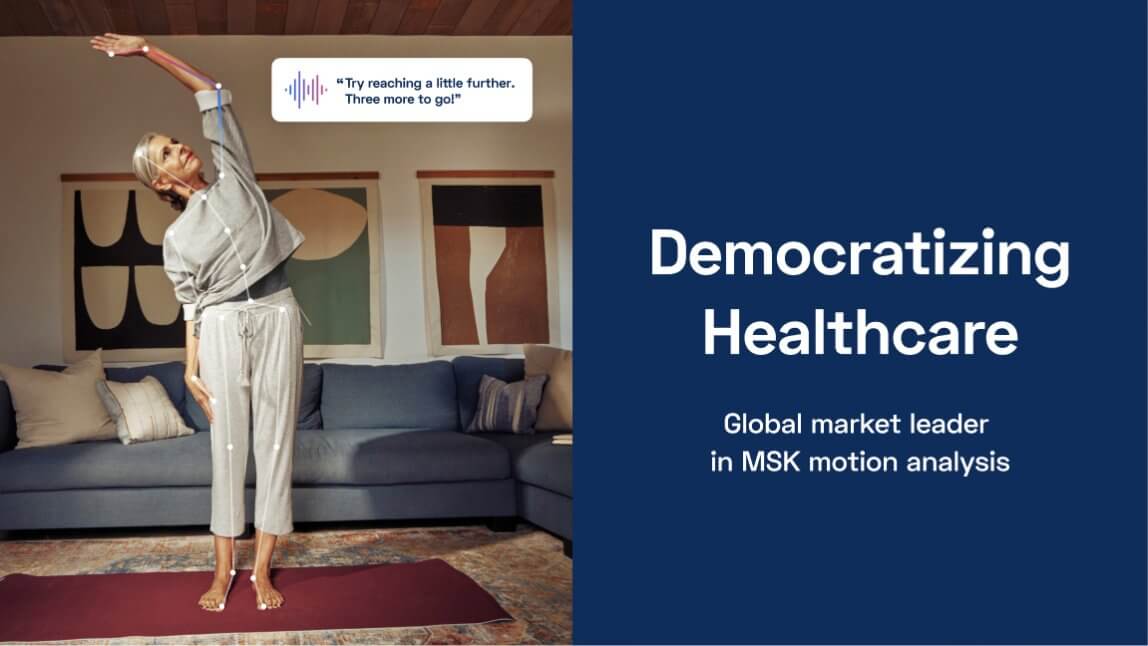
Three Pillars to Multimodal Pain Management for Your Employees
A conversation with Employee Benefit News
3 min read
Further Reading
-
 For many people, the shift to remote work means less activity and poor ergonomic setups. With a few simple tips, you can help your employees avoid the pain, strain, and stress of the work-from-home environment.5 min read
For many people, the shift to remote work means less activity and poor ergonomic setups. With a few simple tips, you can help your employees avoid the pain, strain, and stress of the work-from-home environment.5 min read -

Kaia Health Works to Expand the Reach and Impact of Digital Therapies
A message from Nigel Ohrenstein, President of Kaia Health2 min read -

Kaia Health’s Mission to Democratize Access to Healthcare
A message from Nigel Ohrenstein, President of Kaia Health1 min read